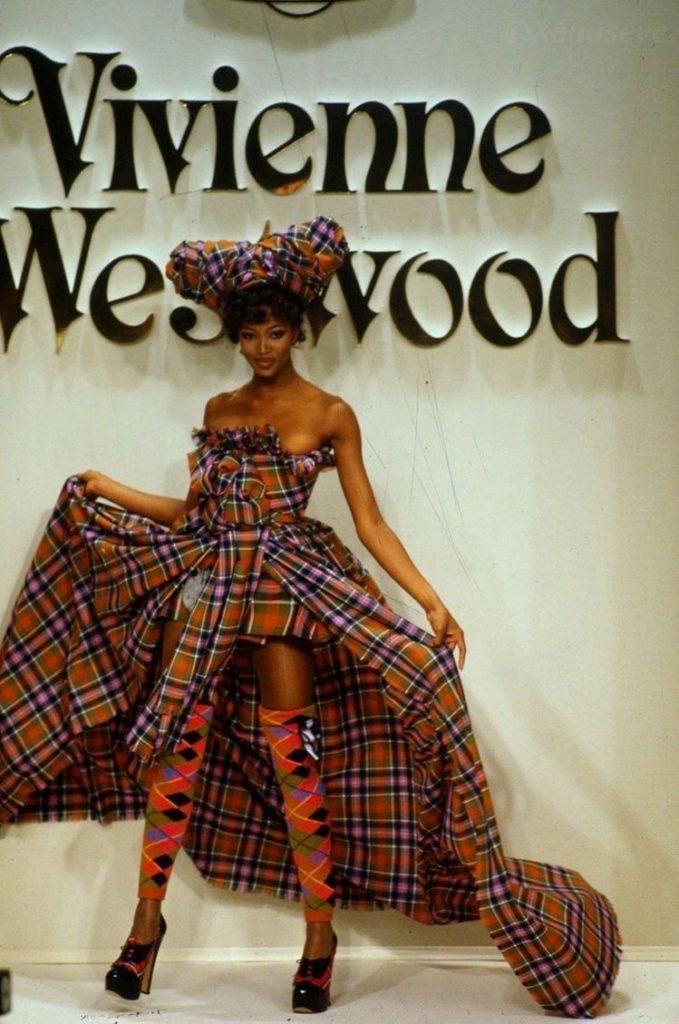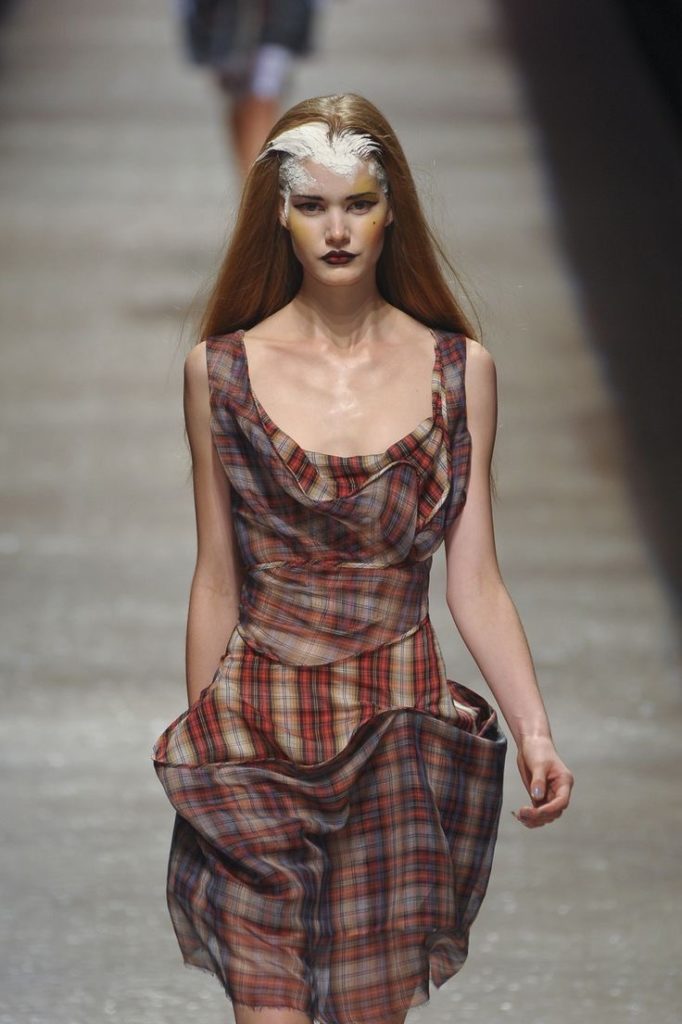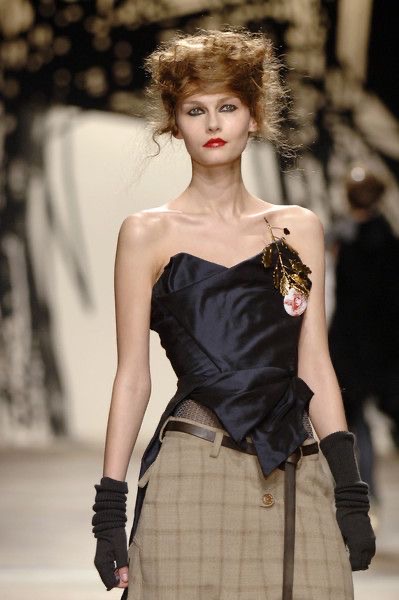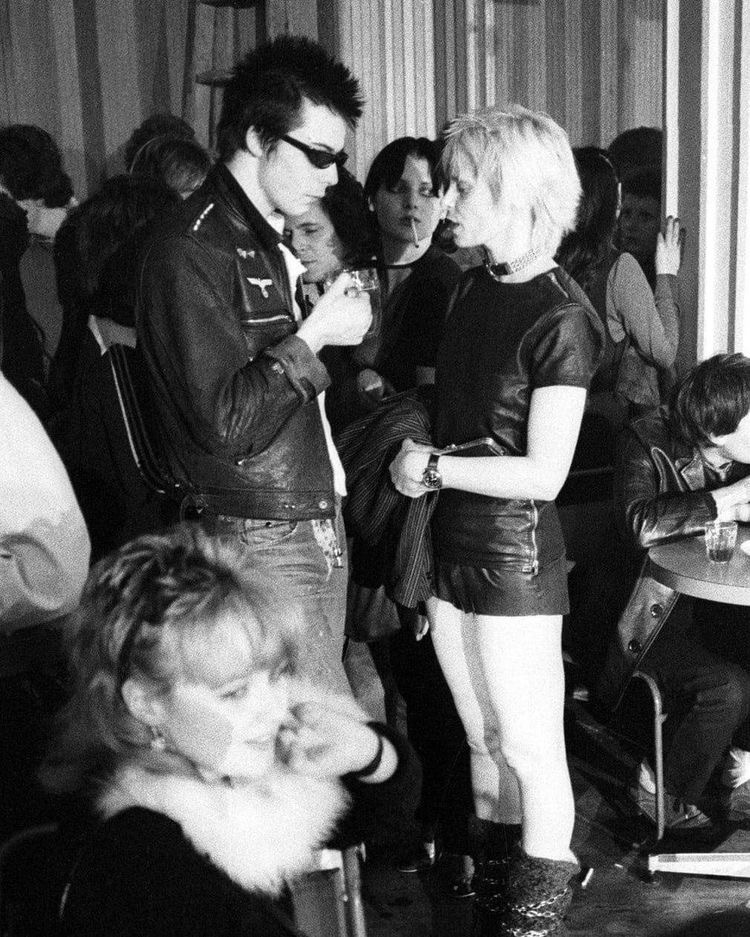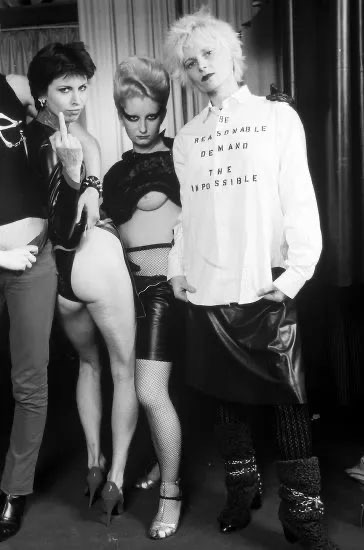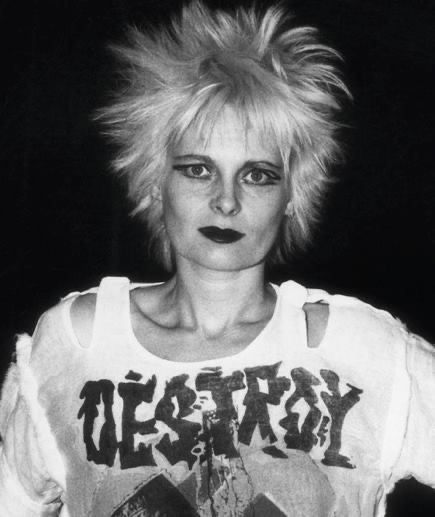Discover the individuals that, like Vivienne Westwood, have shaped the Firm’s creative director and designer’s aesthetics, philosophy and work in the series ICONS.
While the shop windows of 430 Kings Road in Chelsea in 1974 featured latex garments, zippers, belts, thongs, garters and fishnet stockings, a new wave of increasingly intense and critical rock bands consolidate the punk movement.
Bands like the Sex Pistols, The Clash, the Ramones, the Damned, the Dictators… and Dead Boys, the Stooges, the Velvet Underground or the New York Dolls on the other side of the Atlantic, are the soundtrack to the process of colonies loss; the advance of globalization, neoliberalism and capitalism; May ’68; the sexual liberation; the second wave of feminism; conceptual art; postmodernity…
The exaltation of amateurism, the spectrum of the broken, the anarchic, the rebellious, and the anti-system, conform the aesthetics and philosophy of punk. Clothing ceases to be in service of beauty in favour of vindication, becoming the garments and the body itself a means of communication. Punk is political and breaks with capitalism, consumerism, bourgeoisie society and its norms such as sexism, racism and classism.
The BDSM and bondage inspiration is replaced by the DIY (do it yourself) anti-consumerist philosophy. The few elements kept from ‘Sex’ such as zippers and straps, are now combined with safety pins, chains, spikes and padlocks in their renamed “Seditioners“.
The symbolism of punk is full of metaphorical elements. Dog collars, locks and chains denounce human alienation (‘I want to be your dog’, the trans-generational anthem of The Stooges). The broken and dirty garments break with the social conventions of beauty, protocol and hygiene. The blades and other sharp objects represent nihilism, suffering, pain and suicide.
Based on DIY philosophy, Vivienne explored and honoured the tradition of different cultures. This is how the Scottish tartan became one of the emblems of punk. The now iconic criss-cross pattern, initially reserved to the higher classes, would be taken by punk in the 70s, revisited by Vivienne herself in her Anglomania collection in 1993, and taken up by high end designers such as Alexander McQueen and Junya Watanabe in the ’90 and 2000.
But going back to punk, it got to a point where, as Vivienne says, “we were no longer attacking the system, we had become part of it”. ‘Seditionaries’ lived the 5 years that punk lasted, before the system phagocytosed it and punk became another consumer product.
With the cultural background of rockabilly and heavy (at the beginning of the 70 groups like Black Sabbath or Led Zeppelin was already creating and defining what heavy metal would be), punk received an overwhelming media attention. Forewarned and hungry for yellow cover pages, but also scared: no other group before had been so shocking, criminal and with tendencies to self-destruction as punk.
[ Read about Vivienne Westwood’s beginnings and about her consolidation as an international icon in the 90s and until today. ]
Images: Pinterest



